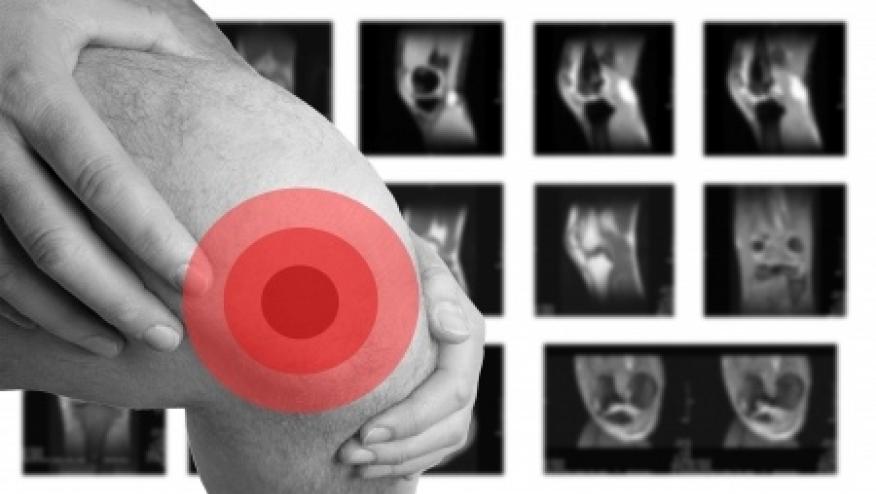No Added Benefit to MRI-Guided Therapy in Rheumatoid Arthritis Save

A treat-to-target (T2T) strategy to manage rheumatoid arthritis (RA) hinges on clinical metrics to optimize therapy. But investigators from Denmark have shown that using magnetic resonance imaging (MRI)–guided T2T failed to improve disease activity remission rates or reduce radiographic progression.
This randomized clinical trial that included 200 RA patients enrolled with DAS28-CRP scores less than 3.2 and no swollen joints, and they were subsequently treated with either a conventional T2T stragegy (aimed at a DAS28-CRP < 3.2) or an MRI guided strategy (aimed at the absence of MRI bone marrow edema with clinical remission). The primary outcomes were proportions of patients achieving DAS28-CRP remission (DAS28-CRP <2.6) and with no radiographic progression.
After 24 months, the outcomes showed that remission rates were not different between the two strategies (85% vs 88%) and similarly there was no differences in radiographic progression (66% vs 62%).
Using MRI-guided treatment did not improve the rate of remission or improve radiographic outcomes when compared with conventional T2T. The findings do not support the use of an MRI-guided strategy in treating RA.
In an accompanying editorial, Aletaha and Smolen point out that although the secondary and exploratory end points were not significantly different, bDMARDs use was much higher in the MRI group (46% vs 2% clinical group), there was therapy discontinuation in the MRI group (24% vs 5%) and more serious adverse events occurred in the MRI group (19 vs 7).
The use of MRI-guided therapy did not meet the WHO criteria for “rational use of medicines”. The findings of this trial were consistent with two other trials that utilized imaging modalities to improve out comes (ARTIC and TaSER trials). They point out that imaging use in RA is useful as a diagnostic, rather than a measure for guiding treatment.








If you are a health practitioner, you may Login/Register to comment.
Due to the nature of these comment forums, only health practitioners are allowed to comment at this time.